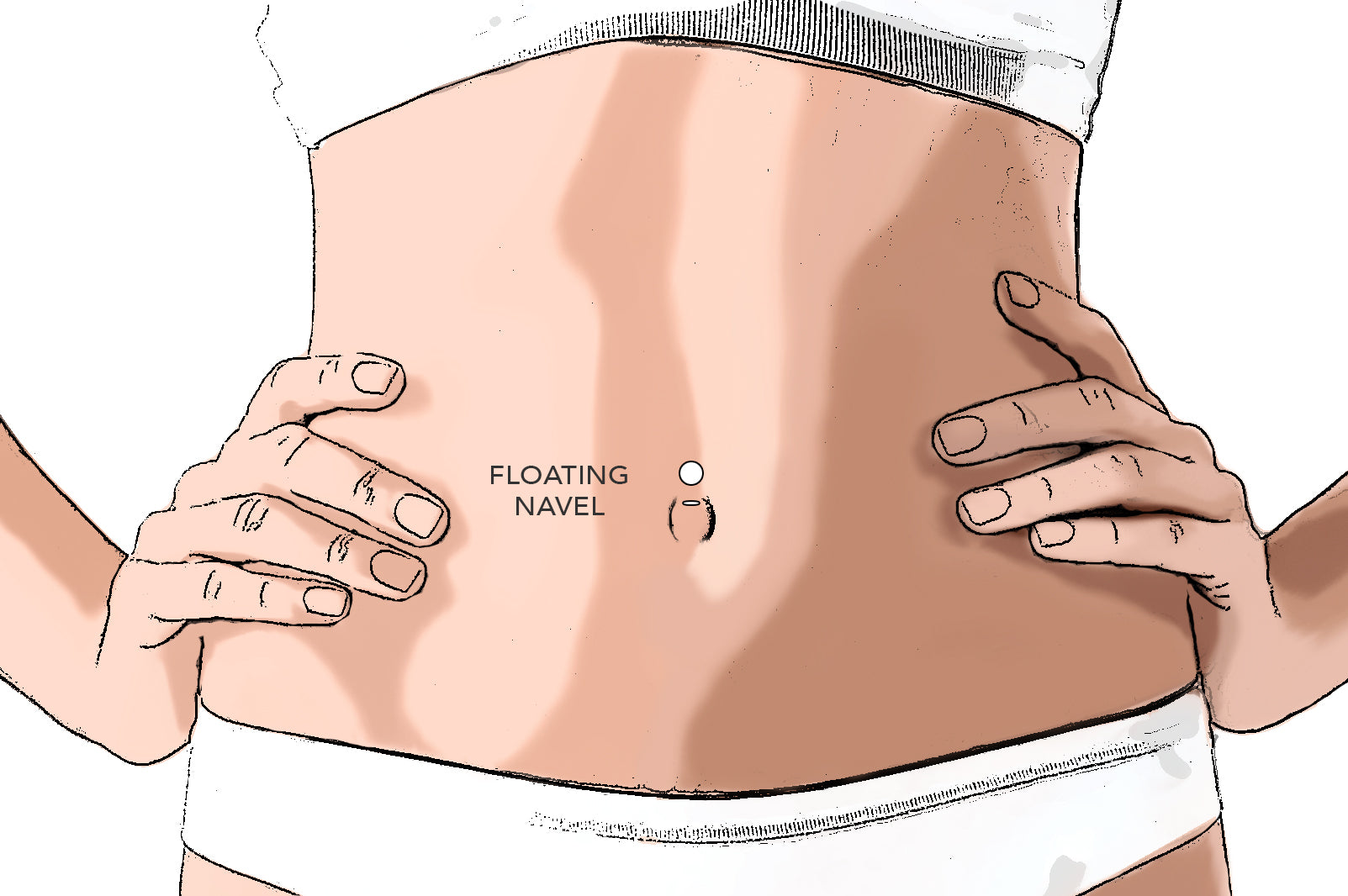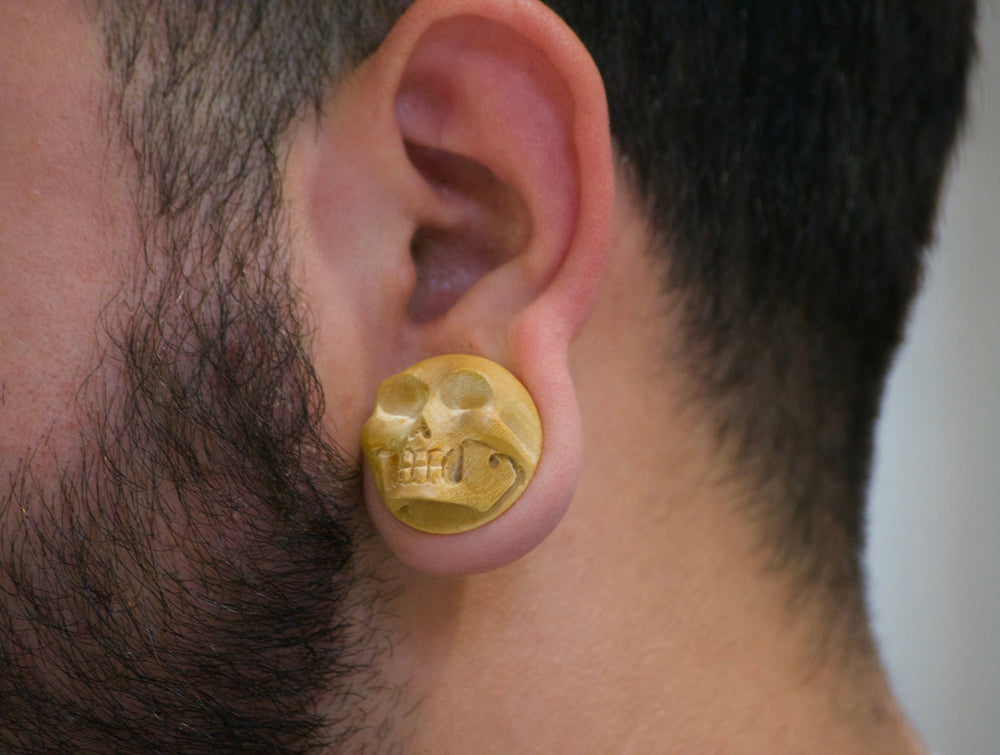Ah, the simple ear piercing. The wonderfully unique part of the body where most people get their very first piercing! So many options, so many different looks. Did you know that ears are like fingerprints? No two are quite the same! So today we’re going to take a moment to celebrate the ear and discuss the different styles and approaches to getting one’s ear pierced!
First of all, let’s discuss anatomy. The earlobe is the fleshy, dangly bit at the bottom of the ear where it meets the skull. (I know you know that so bear with me.) The rest of the ear is primarily made of cartilage, which is what gives it form and its characteristically tougher consistency. There are many pierceable places on the ear cartilage, and they all have different names. Rather than trying to describe them all, let’s consult a visual aid for a better understanding of the ear’s anatomy and what all of those piercings are called.

Let's Talk Lobes...
So now that we know where things are, let’s discuss the differences. First of all, there’s healing time. Since lobe piercings are only going through little pieces of fleshy tissue, they heal really quickly. Six to eight weeks is a pretty common guideline for earlobes. This procedure is like any other piercing in that it should be performed with a needle (not a gun) by a skilled piercer (not at the mall.) It should be pierced with a flatback labret stud, not a circular ring and not with a standard earring that has a butterfly back. Butterfly backs are not okay for getting pierced with as they are hard to clean and can accumulate debris. When they are healed, there are a multitude of styles available, ranging from tiny huggie hoops to big statement drop earrings to simple studs. The one thing you should keep in mind while selecting earrings for healed lobe piercings is weight. Heavy earrings can lead to tearing at the bottom of the fistula, giving it more of a “slit” appearance than a “hole” appearance and at worse, can cause tearing of the skin.

Cartilage piercings next...
Most cartilage piercings have a longer healing time. The tragus can take three to six months while a rook or industrial can take close to a year. The most common ones such as tragus, conch, and helix, should also be pierced with a titanium flatback labret. These can be changed out for circular jewelry after they have healed. A daith piercing is one of the few piercings that must be done with circular jewelry. A horseshoe is usually the style of choice as there is no seam to irritate the healing fistula and work well for healing, A rook piercing will 99.9% of the time need a curved barbell, similar to an eyebrow ring. It is one of the only ear piercings to use this style. An industrial piercing uses a single long barbell. It cannot be done in two separate sessions with individual pieces of jewelry because it will not have the correct angle to maintain a single barbell.

How about pain & healing?
Most people tolerate the discomfort of an ear piercing well. That said, an earlobe piercing is going to be less painful because the needle is only going through fleshy tissue. Cartilage is more resistant and tougher and will therefore cause more discomfort when pierced. It may also make a noise when pierced, a sort of crunchy noise. This is common. Cartilage can shatter entirely when pierced with a gun due to blunt force trauma. This is not normal, requires a doctor’s attention, and is one more reason why you should avoid piercing guns at all costs. Cartilage may also bleed more and while this is normal too, excessive bleeding is something you should have checked if you experience it.
Which piercing suits you best?
Once you’ve decided to get your ear/ears pierced, your next decision is picking out which one/ones to get. This process is often called “curation”. You can select a few piercings to showcase, or you can choose to get as many piercings as your anatomy will allow for. Even earlobes have options, such as vertically stacking piercings or getting multiple piercings in a row. You may wish to take some time to consider this beforehand. Your piercer may offer assistance with this if there is a particular look you are after. Or you can decide to curate your jewelry for a specific look. Body Candy offers pre-selected jewelry kits with matching jewelry, or your piercer can assist in selecting pieces that work well together. You can match your lobes to your cartilage or consider them a separate section where you can highlight fun fashion earrings that you change daily. One look that has been making the rounds is ears that have piercings designed to resemble a constellation. When healed and using clear gem jewelry ends, it looks like a constellation of stars in the sky.

The lowly ear does not always get the respect it deserves when it comes to piercing. It can be forgotten among flashier and more visible piercings. But with all those fun ridges and nooks, the ear is a fantastic place to pierce for newbies and piercing veterans alike! Let’s hear it for the ears!!! Happy piercing!






